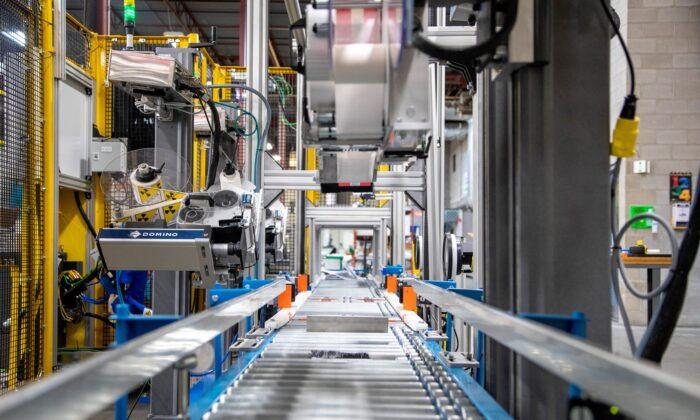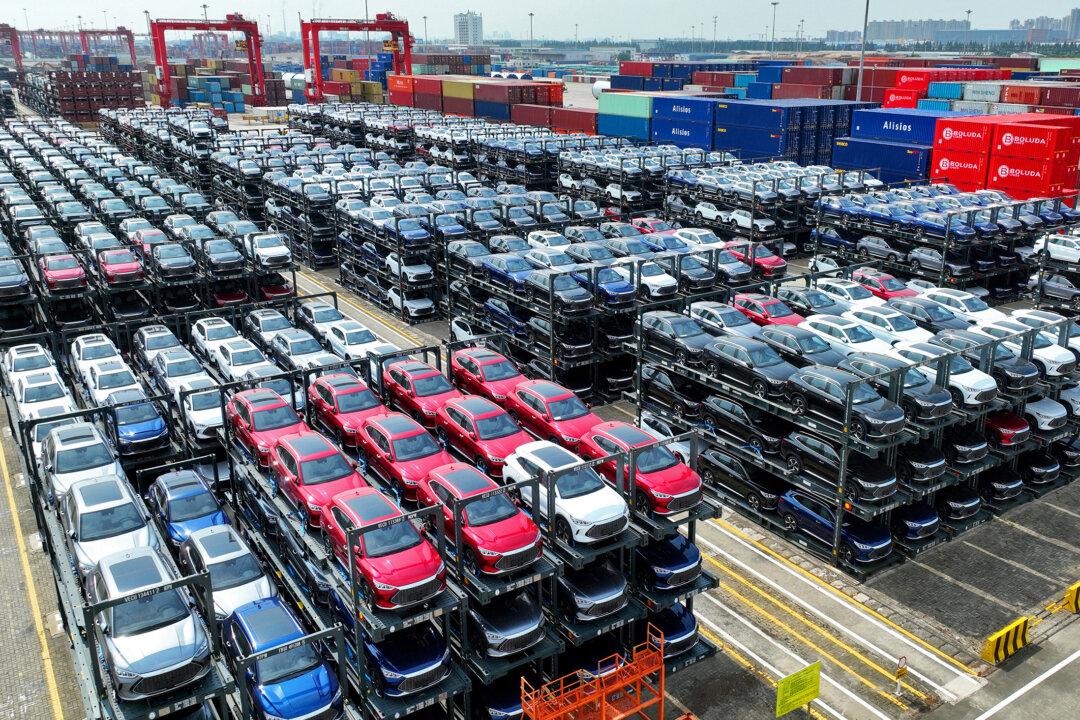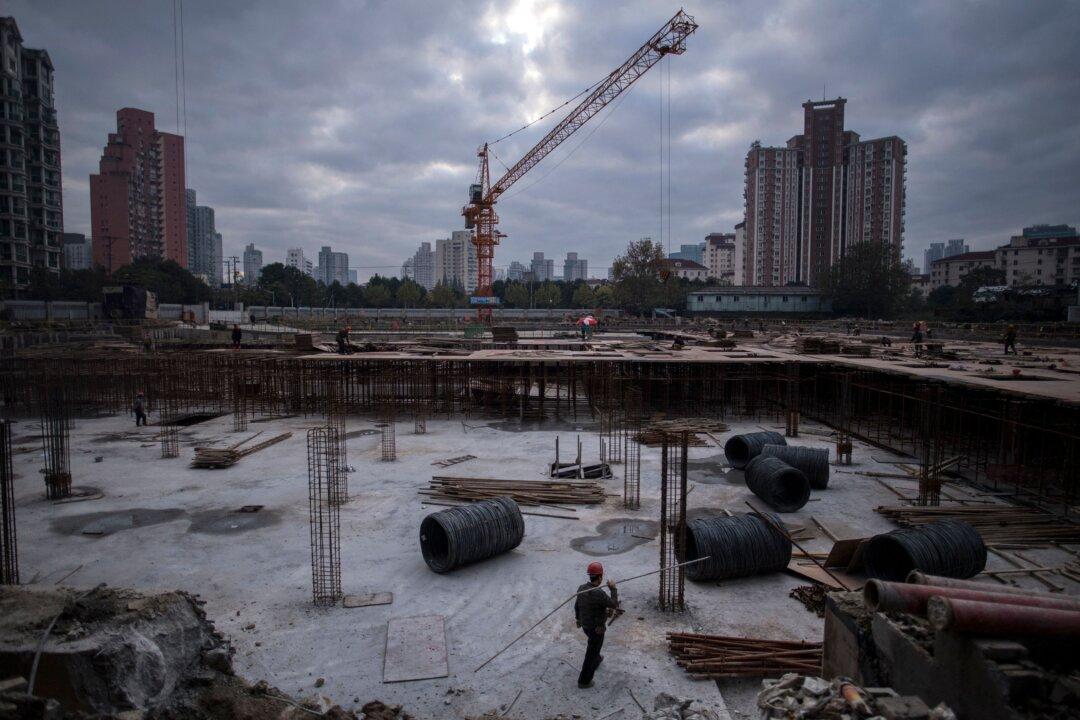Fear consistently garners media attention. Presently, the war and geopolitics have taken pride of place from COVID-19 as a source of anxiety. Before the pandemic, a dominant fear held that robotics and artificial intelligence (AI) would destroy millions of jobs and throw a significant portion of the population into poverty.
Surely such anxieties will return after the immediate emergency is resolved. As before, prominent figures in government, business, and nonprofits will voice concerns for the future and call for a massive reordering of our economy and our society to deal with the problem. Matters, however, are a good deal more complex and, as it turns out, a lot less threatening.
Such concerns indeed dominated not too long ago. The MIT Technology Review fed anxieties by adding up all the tasks AI could conceivably do and concluding frighteningly that AI would eliminate 47 percent of U.S. jobs by 2035.
Even though the Organization for Economic Cooperation and Development (OECD) pointed out that the relevant metric wasn’t all the jobs that AI could replace but rather the jobs that it could replace profitably and concluded that more like 10 percent of U.S. jobs were at risk, the corrective got much less media attention than the MIT engineers did.
AI concerns entered politics. For a while in 2020, even as the pandemic gained force, Democratic presidential hopeful Andrew Yang gathered attention by voicing concerns about job losses due to AI applications. He was so concerned about losing jobs that he called for permanent government handouts—a universal basic income (UBI)—to support the millions soon to become unemployable. He wasn’t alone.
Bill Gates, Elon Musk, and other tech luminaries made similar forecasts and calls for radical change. The good and the great who gather at Davos, when they aren’t celebrating tyrants and themselves, never tire of such warnings.
Though AI is new, such worries are an old story. Each new wave of technology has always generated the same forecasts of job loss and poverty.
Back in the 1960s, for example, a group of Nobel laureates warned that the “new kinds of automation,” by which they meant manufacturing robots, had “broken” the “link between incomes and jobs.” President John Kennedy took their fears to heart and warned of the “dark menace of industrial dislocation, increasing unemployment, and deepening poverty.” President Lyndon Johnson called for widespread “family relief” to ease the strain.
Ironically, this time is now lauded by today’s alarmists as a golden age of good-paying jobs for working men and women.
To be sure, technologies do destroy jobs. The doomsayers, however, have always missed how technology also creates new employment opportunities. For example, the invention of the personal computer in the 1970s. It took 20-plus years before businesses could adjust to the possibilities of the personal computer and finally make full use of them.
During that time, it’s true that gradually thousands if not millions of typists, clerks, dispatchers, and the like lost their jobs. But over that same time, others used those new technologies to develop other commercial activities.
During those 20 years, the nation, for example, saw the rise of Federal Express and like firms as well as cable, first for TV and then internet connections. These two areas alone now employ millions in jobs that didn’t exist and that directly or indirectly depend on the same computer technologies that destroyed so many other jobs.
This same pattern has been repeated countless times. Each wave of technology has displaced a portion of the workforce but enabled the growth of new occupations. If this pattern hadn’t prevailed, each wave of technology since the days of the horse-drawn plow would have left an ever-increasing portion of the population unemployable. But in fact, the economy on average has continued to employ 95 percent or more of those who want to work. The innovations always create as they destroy.
The problem is that it takes more imagination to see what will be created than to estimate what will disappear from the past. Who in 1972 could have envisioned an air delivery scheme that could make millions of deliveries the next day and track each parcel at each stage of the process? The jet planes were around, but not the computer and communications technologies enabling this organization to function.
It’s precisely that lack of imagination that today misleadingly feeds a new wave of AI anxieties.






Friends Read Free